Introduction
Stir-fried conch, a dish that marries the briny sweetness of the ocean with the sizzle of a wok, is a culinary treasure cherished in coastal regions and beyond. Often overlooked in mainstream cuisine, conch—a large marine snail—offers a unique texture and flavor that elevates any meal. When prepared correctly, stir-fried conch becomes a symphony of crisp vegetables, aromatic spices, and tender seafood, all harmonized by the intense heat of the wok. This article delves into the intricacies of crafting this dish, from selecting the freshest conch to mastering the stir-fry technique. Whether you’re a seasoned home cook or a curious food enthusiast, this guide will equip you with the knowledge to create a restaurant-quality stir-fried conch dish that tantalizes the taste buds and impresses guests.
The Allure of Conch: More Than Just Seafood
Conch, pronounced “konk,” is a staple in Caribbean, Mediterranean, and Asian cuisines. Its meat, typically found in the shell’s spiral cavity, is lean, chewy, and mildly sweet. When cooked properly, it transforms into a tender delight with a satisfying bite. Nutritionally, conch is a low-fat protein source rich in vitamins B12 and E, iron, and magnesium. Its culinary versatility allows it to shine in soups, salads, ceviches, and stir-fries. However, stir-frying remains one of the most dynamic preparations, as it preserves the conch’s natural flavors while infusing it with the smoky essence of high-heat cooking.
Selecting and Preparing Conch: The Foundation of Flavor
The success of your stir-fried conch begins at the market. Freshness is non-negotiable. Look for conch with unbroken shells, ideally still alive (the shell should close tightly when tapped). If purchasing pre-packaged conch meat, ensure it’s firm, translucent, and devoid of any ammonia-like odor—a sign of spoilage.
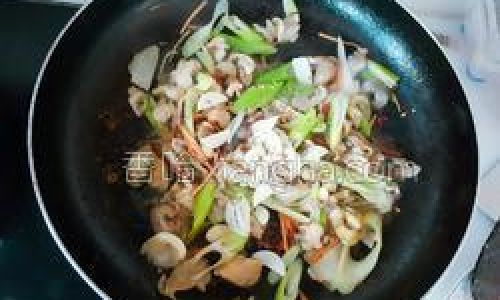
Cleaning and Tenderizing
Cleaning conch requires patience. Start by removing the meat from the shell using a sturdy knife or oyster shucker. Discard the dark, inedible parts, such as the operculum (the hard plate sealing the shell) and the viscera. Rinse the meat thoroughly under cold water to remove sand and debris.
Conch’s natural toughness demands tenderizing. Pounding the meat with a meat mallet or the flat side of a cleaver breaks down its muscle fibers, resulting in a tender texture. Alternatively, marinate the conch in a mixture of baking soda and water for 30 minutes—a technique used in many Asian kitchens to tenderize seafood without compromising flavor.
Cutting Techniques
For stir-frying, slice the conch into thin, uniform strips or bite-sized pieces. This ensures even cooking and maximizes surface area for caramelization. Some chefs prefer scoring the meat diagonally before slicing to create decorative patterns and enhance texture.
Essential Ingredients and Tools
Stir-fried conch thrives on balance. The ingredients should complement the conch’s delicate flavor without overwhelming it. Here’s a breakdown of the key components:
Proteins and Vegetables
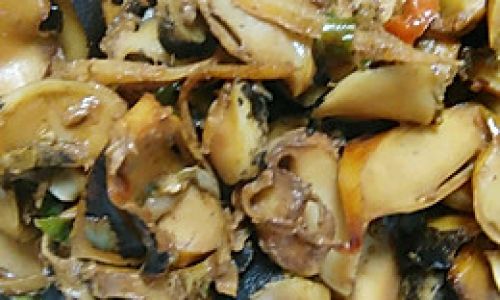
- Conch meat: 1 lb (450g), cleaned and sliced.
- Aromatics: 4 garlic cloves (minced), 1-inch ginger (grated), 2 shallots (thinly sliced).
- Vegetables: 1 red bell pepper (julienned), 1 green bell pepper (julienned), 1 medium onion (sliced), 4 scallions (cut into 2-inch segments).
- Chili: 1-2 Thai bird’s eye chilies (optional, for heat).
Sauce Base
- Oyster sauce: 2 tbsp.
- Soy sauce: 1 tbsp (use tamari for gluten-free).
- Shaoxing wine: 1 tbsp (dry sherry works as a substitute).
- Sesame oil: 1 tsp.
- Sugar: ½ tsp.
- White pepper: ¼ tsp.
- Cornstarch: 1 tsp (mixed with 2 tbsp water for slurry).
Tools of the Trade
- Carbon steel wok: Essential for high-heat cooking and even heat distribution.
- Chinese cleaver: For precise slicing and chopping.
- Spider strainer: To toss ingredients without damaging the wok’s seasoning.
- Mortar and pestle: To grind aromatics into a paste (optional but recommended).
The Stir-Fry Technique: Fire Meets Finesse
Stir-frying is a dance of speed and precision. The goal is to cook ingredients quickly over high heat, preserving their crispness and vibrant colors. Here’s how to execute it flawlessly:
Preheat the Wok
Heat your wok over high heat until it begins to smoke. Add 2 tbsp of vegetable oil (peanut or canola work best) and swirl to coat the surface. A properly preheated wok ensures ingredients sear rather than steam.
Cook the Aromatics
Add the garlic, ginger, and shallots to the wok. Stir-fry for 15-20 seconds until fragrant but not browned. Overcooking aromatics will introduce bitterness.
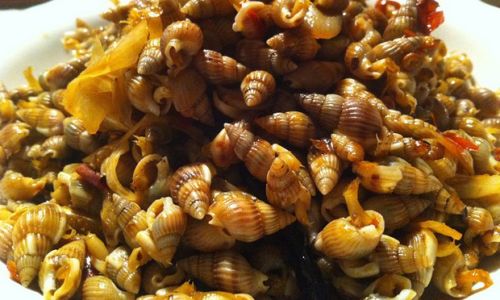
Sear the Conch
Toss the conch into the wok and spread it into a single layer. Let it sear undisturbed for 30 seconds to develop caramelization. Stir-fry for another minute until the meat turns opaque. Avoid overcrowding the wok, as this lowers the temperature and leads to steaming.
Add Vegetables
Introduce the bell peppers, onion, and chilies. Stir-fry vigorously for 2-3 minutes until the vegetables are crisp-tender. The onions should wilt slightly, while the peppers retain their vibrant hue.
Deglaze and Season
Pour in the Shaoxing wine, scraping the wok’s bottom to dislodge any caramelized bits (these add depth of flavor). Add the oyster sauce, soy sauce, sugar, and white pepper. Stir to combine.
Thicken the Sauce
Drizzle the cornstarch slurry into the wok while stirring continuously. The sauce will thicken within 20-30 seconds. Remove from heat immediately to prevent overcooking.
Finish with Scallions and Sesame Oil
Toss in the scallions and a drizzle of sesame oil. The residual heat will wilt the scallions slightly, releasing their aromatic oils.
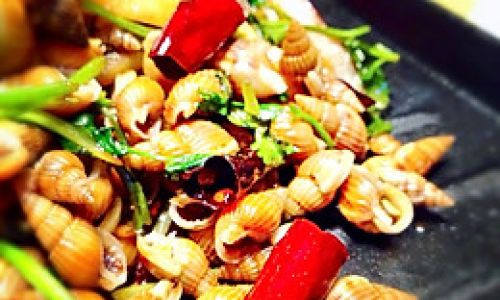
Expert Tips for Perfect Stir-Fried Conch
- Velocity is Key: Stir-frying demands constant motion. Use a long-handled spatula to toss ingredients every 5-10 seconds, ensuring even cooking.
- Mise en Place: Prepare all ingredients before igniting the stove. Stir-frying moves too quickly for mid-cooking prep.
- Taste and Adjust: Season lightly initially, as sauces often reduce and concentrate flavors. Adjust at the end with a splash of soy sauce or a pinch of sugar.
- Resting Time: Let the dish rest for 2-3 minutes after cooking. This allows the flavors to meld and the conch to absorb the sauce.
Creative Variations and Additions
Stir-fried conch is a canvas for culinary experimentation. Here are some ways to customize your dish:
- Spicy Sichuan Twist: Add 1 tbsp of doubanjiang (fermented chili bean paste) and Sichuan peppercorns during the aromatics stage.
- Tropical Fusion: Toss in diced pineapple or mango during the final stir for a sweet-tangy contrast.
- Herbaceous Finish: Garnish with fresh cilantro, basil, or mint leaves before serving.
- Protein Pairing: Combine conch with shrimp, squid, or scallops for a surf-and-turf extravaganza.
Serving Suggestions and Pairings
Stir-fried conch pairs beautifully with:
- Steamed Jasmine Rice: The fluffy grains soak up the savory sauce.
- Garlic Noodles: Toss egg noodles with garlic-infused oil and a sprinkle of Parmesan.
- Crispy Spring Rolls: For a textural contrast.
- Chilled Beer or Riesling: The effervescence cuts through the dish’s richness.
The Cultural Tapestry of Conch
In many cultures, conch holds symbolic significance. In Caribbean folklore, it’s believed to ward off evil spirits, while in Mediterranean traditions, it’s associated with fertility. Today, conch’s popularity endures not just for its flavor but also for its sustainability. Unlike overfished species, queen conch populations are managed responsibly in many regions, making it an eco-conscious choice for seafood lovers.
Nutritional Powerhouse: Conch in the Modern Diet
A 3.5-ounce serving of conch provides:
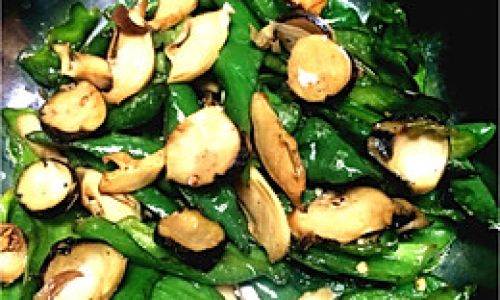
- Protein: 26g (52% DV)
- Vitamin B12: 8mcg (333% DV)
- Iron: 2.4mg (13% DV)
- Magnesium: 45mg (11% DV)
- Low in Fat: 1g (primarily healthy unsaturated fats)
However, conch is high in cholesterol (70mg per serving), so moderation is advised for those monitoring their intake.
Troubleshooting Common Issues
- Tough Conch: Overcooking or insufficient tenderizing. Next time, pound the meat thoroughly or marinate longer.
- Soggy Vegetables: Overcrowding the wok or under-seasoning. Cook in batches if necessary and ensure the wok is screaming hot.
- Bland Flavor: Under-seasoning the sauce. Taste and adjust with a splash of fish sauce or a pinch of salt.
Conclusion: Savoring the Fruits of Your Labor
Stir-fried conch is more than a meal—it’s a testament to the alchemy of fire, flavor, and technique. From the initial crack of the conch shell to the final sizzle in the wok, every step honors the ocean’s bounty. Whether you’re hosting a dinner party or craving a weeknight indulgence, this dish rewards effort with unparalleled taste. So grab your wok, sharpen your knife, and embark on a culinary adventure that bridges land and sea. Your taste buds will thank you.

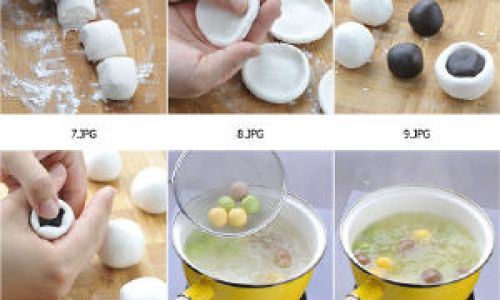
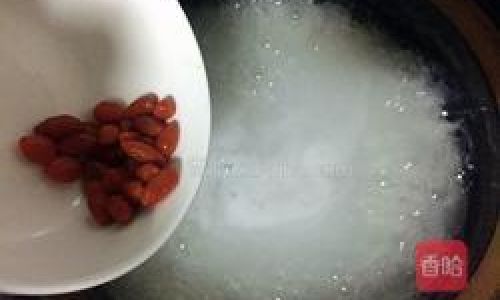
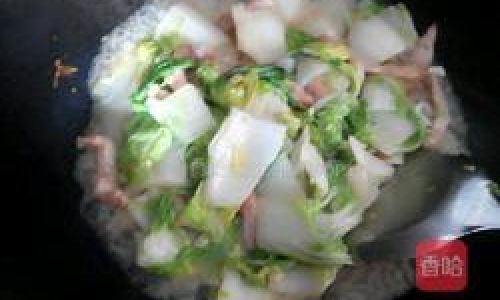
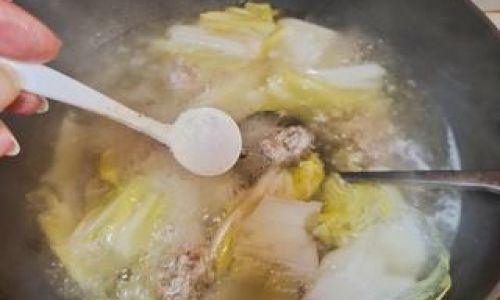
0 comments